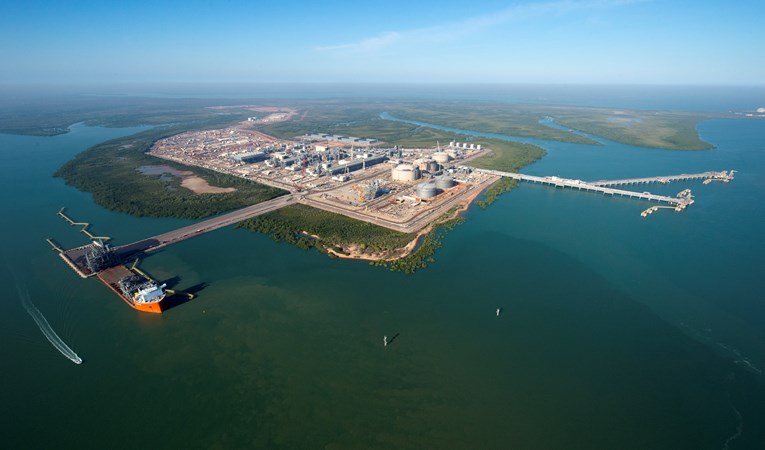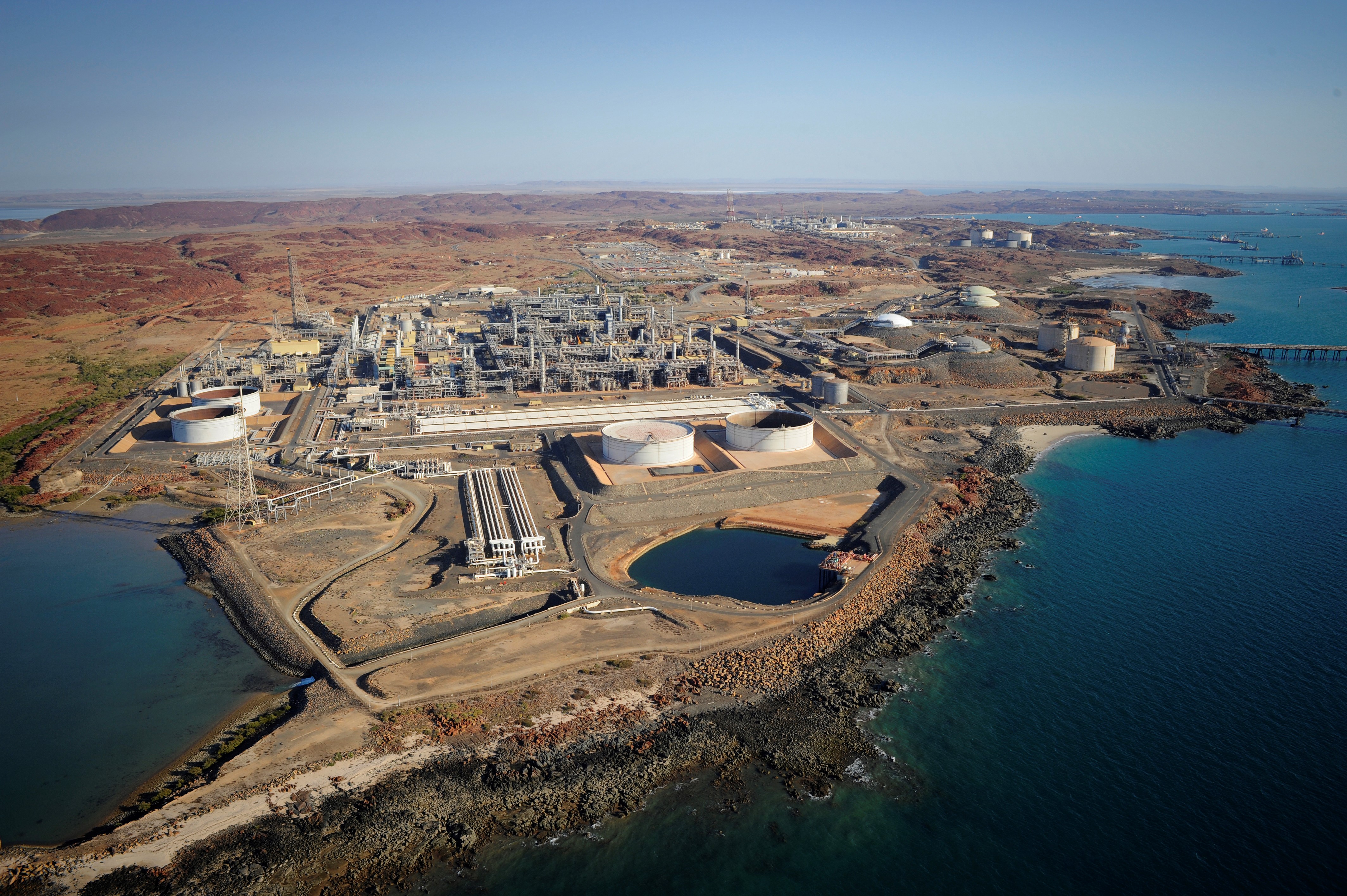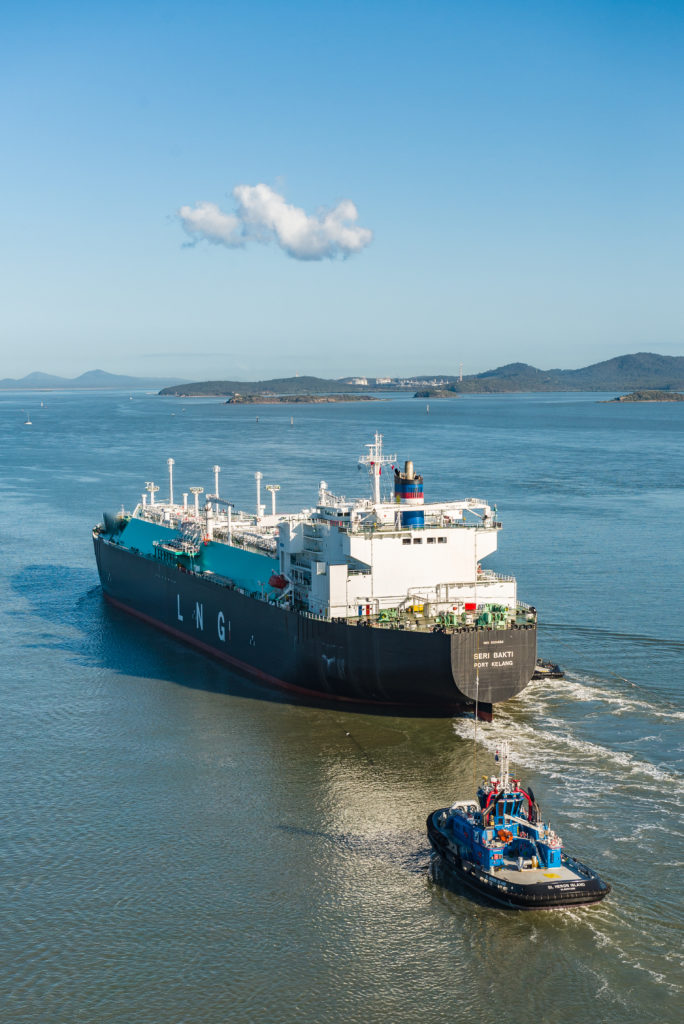Australian LNG shipments appear to be starting to see the impacts of the COVID-19 pandemic and the global oversupply of LNG, according to the EnergyQuest’s Australian LNG Report for May.
Australian LNG shipments in May were down by seven cargoes compared with April, primarily due to lower cargoes from APLNG and Ichthys, the report stated.
Elaborating on issues that affected exports, EnergyQuest said APLNG buyers had exercised downward contract flexibility and the project had extended planned maintenance, originally planned for 27-31 May, to 27 May to 18 June.
Ichthys has also undergone planned maintenance which affected cargoes.
In May Australian projects shipped 6.4 million tonnes (Mt) (93 cargoes), lower than 6.9 Mt (101 cargoes) in April. This was the same as the 6.4 Mt (94 cargoes) in May 2019 but during May there has been a marked increase in the number of cargoes that have had their delivery delayed.
EnergyQuest estimates 41 Australian cargoes have anchored offshore or are steaming slowly, awaiting final destination orders during May and early June.
Salient points
• A Wheatstone cargo which loaded in May has a destination of Manzanillo in Mexico after being delayed off the coast at Dampier for close to three weeks. This indicates the level of oversupply in the current market.
• Deliveries to China are still holding up. Australian projects delivered 37 cargoes to China in May, after delivering 40 in April and 38 in May 2019.
• Total Chinese LNG imports were up by 12.2% in April, the latest data available, compared with a year earlier. Chinese imports from Australia were 2.8 Mt in April, the highest import levels from Australia on record, significantly higher than the 1.9 Mt imported in March and 12% higher than a year earlier.
• However, total LNG imports by Japan and Korea were down by 7.7% and 7.2% respectively in April. Japanese imports were the lowest since November 2009. Japanese city gas demand fell further in May, down by more than 20% (Reuters, 11 June). However, imports from Australia were up on a year earlier for both Japan and Korea.
• The Gladstone LNG producers had a production surplus in May, with total production from LNG producers 7.8 PJ more than total LNG exports. This is higher compared with April when the producers had a 2.2 PJ deficit. LNG producers had a surplus of 12.2 PJ in May 2019.
• Production from Moomba and offshore Victoria was up by 7.7 PJ compared with April and higher compared to a year ago. In addition, 1.46 PJ gas came out of storage in May. In April 0.6 PJ came out of storage and 1.4 PJ went into storage a year ago. Overall COVID-19 restrictions do not appear to have affected domestic gas demand. Offshore Victorian gas production was up by 1.3 PJ in May compared with a year earlier.
• Similarly, electricity demand appears relatively unaffected. East coast electricity generation was only down by 2% in May compared with a year earlier. However, notwithstanding low gas prices, east coast gas-use for generation was down by 2.92 PJ (22%) on a year earlier but 2.15 PJ higher compared with April, replacing renewables.
• East coast short-term gas prices were generally lower than those in April and lower than May 2019. Short-term domestic gas prices are still the lowest they have been since 2016.




